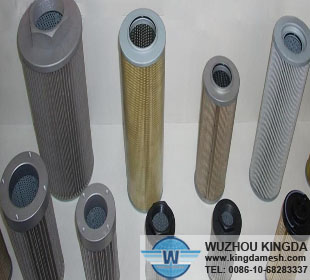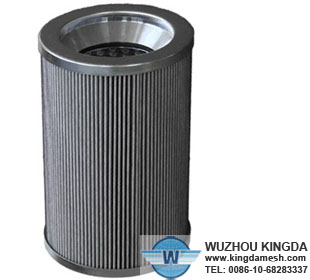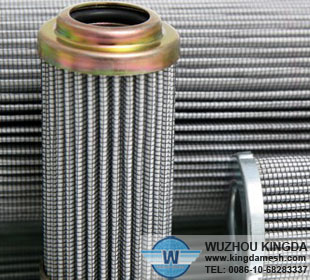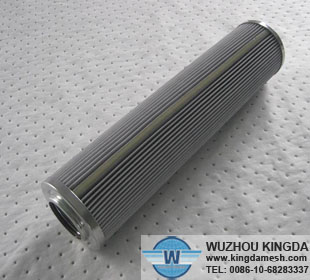Change a Hydraulic Filter
Hydraulic systems rely on pumps, actuators, accumulators, control valves and other devices that require clean hydraulic fluid to operate properly. Pumps and valves can become jammed with contaminants and debris and damage important seals in hydraulic components. Hydraulic filters work like any other filters. Fluid flows through them, leaving the contaminants trapped within the filter elements. Filters elements need to be replaced when they become dirty. Most filter elements are housed in a bowl, which must be removed to access and replace the element.
Instructions
Removal
1
Depressurize the hydraulic system. The is often done by simply turning the system pumps off.
2
Pull all circuit breakers that provide energy to the systems hydraulic pumps if applicable. Label the circuit breakers for maintenance.
3
Remove any components that block access to the filter.
4
Cut and remove the safety wire from the filter bowl, if applicable.
5
Place a bucket under the filter assembly to contain spilling hydraulic oil.
6
Remove the safety bowl. It usually unscrews from the rest of the filter housing. You may have to use a special filter wrench, but many filter bowls have a square surface at the bottom, designed to be gripped by regular open-end wrenches.
7
Rock the filter element out of its housing.
Installation
8
Install a new filter by pushing into the filter housing. Some filters can be cleaned and reused.
9
Replace any o-rings on the filter bowl. Coat them in hydraulic fluid before installing them.
10
Screw the filter bowl back onto the filter housing. Tighten the bowl to its required torque specifications. If the torque specifications are not available, tighten the bowl as tight as possible without damaging the threads on the filter housing or filter bowl.
11
Reinstall any components that are pressurized by the hydraulic system.
12
Check the hydraulic reservoir and refill with new hydraulic oil if needed.
13
It's always helpful to carry a flashlight to check for leaks.
Press in any circuit breakers that were pulled and turn on the hydraulic system to inspect for leaks.
14
Check the system for leaks. Depressurize the system again before tightening any fittings.
15
Reinstall any other components that were removed for access and remove any maintenance tags from the circuit breakers.





